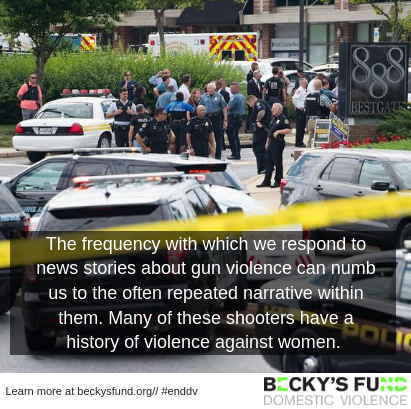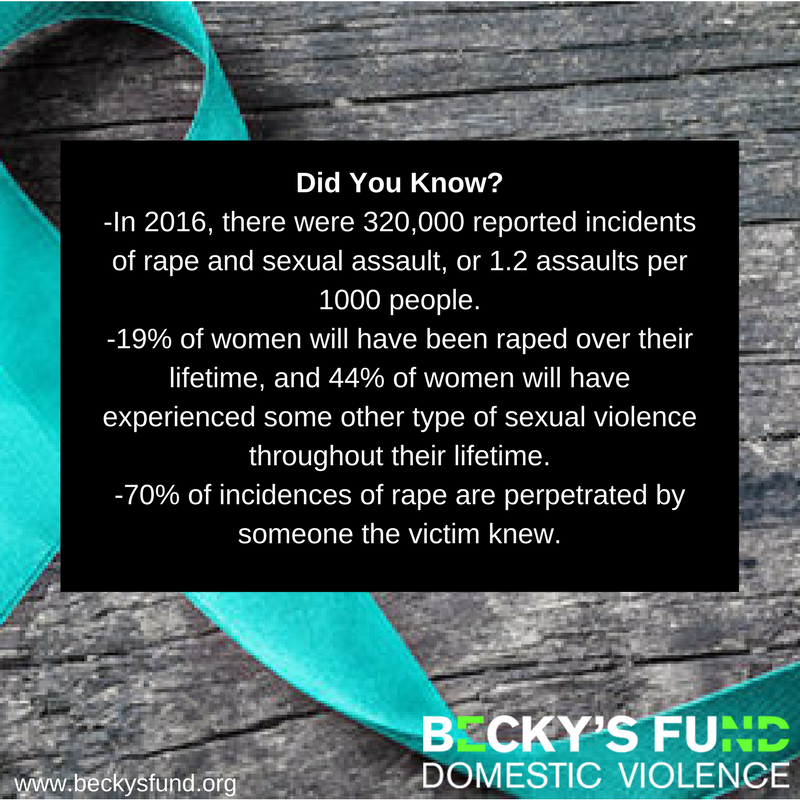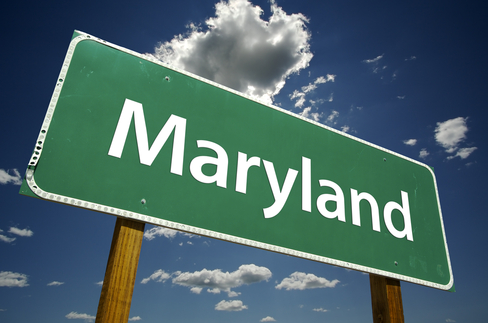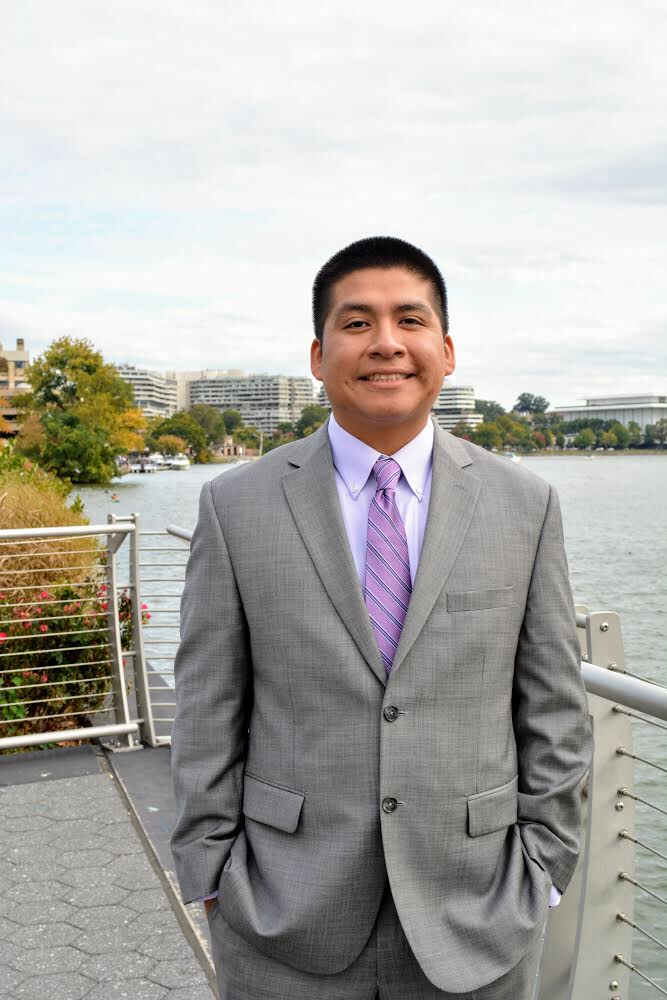
The June 28th shooting at The Capital Gazette in Annapolis, Maryland marked the 154th mass shooting in the United States in 2018. As this story continues to develop, it’s difficult to not be disheartened by the prevalence of gun violence in our country. The frequency with which we respond to news stories about gun violence can numb us to the often repeated narrative within them. Many of these shooters have a history of violence against women. Although we hear the term “toxic masculinity” in connection with this story we rarely delve deeper into what that phrase means. For example, statistics show that 57% of mass shooters target intimate partners or family members, 53% of female homicides are related to intimate partner violence (IPV) and 54% of those female homicide and IPV victims were shot and killed, and that the presence of a gun in a domestic violence situation increases the risk of homicide by 500%. This isn’t coming from nowhere. Women in abusive relationships, romantic or otherwise, are at a heightened risk of being killed by a gun. Even when a woman is not the target, violence against women is a consistent precursor to larger scale violence.
In order to not contribute any more notoriety to those that commit these crimes, the names of the mass shooters will not be mentioned. What happened in Annapolis was the result of a deep grudge held by the shooter against The Capital Gazette after the paper reported on his harassment of a woman he had gone to high school with. After a failed lawsuit against the publication, the grudge remained. A factual publication about his behavior towards a woman was the catalyst for resentment a resentment he carried for years, resulting in the murder of five innocent people. While there is a need for more… we absolutely need more gun control laws in this country, we must also push for a shift in how we react to violence against women. This unfortunate narrative plays out consistently in the media and continues to dismiss violence against women. The media coverage of the shooting at Great Mills High School was a profound example with multiple media outlets referring to the shooter as a “lovesick” teenager. What does it say about our society when a teenage boy is able to walk into a high school to shoot his ex girlfriend and have the criminal act dismissed as an act of passion?
We now know that instances of domestic violence play a part in the histories of many mass shooters in the U.S. The Las Vegas, Sutherland Springs, San Bernardino, Sandy Hook, Pulse, Virginia Tech, and Parkland shooters shared a common propensity towards violence and anger against women. A Huffington Post analysis of of mass shootings (focusing on incidents which took place from 2009-2015) found that in 57% of the instances the shooter had targeted a family member or an intimate partner. The man who murdered 26 people in a church in Sutherland Springs, Texas, in November of 2017, had a bad conduct discharge from the Air Force and a history of domestic violence. Thus, he should not have been able to unable to purchase a firearm legally. Due to a failure in reporting the guilty plea, the four guns he purchased before the shooting were technically legally acquired. The Parkland shooter had been reported to the police multiple times for violent offenses. Lack of a cohesive system of when and how to report left his record completely clean so there was nothing to stop him from purchasing semi-automatic weapons that would end the lives of 17 people.
Considering this information, calls for stricter background checks and closure of any remaining boyfriend loopholes cannot be a partisan issue – they are a step towards public safety. While a popular response after a shooting is to dissect the mental health of a shooter, to dismiss gun violence as just a mental illness issue further stigmatizes those who have mental illnesses while dismissing the accountability of those who commit gun crimes. Yes, more mental health supports are needed in this country. But we also need gun control laws and a background check system, ideally a national, digitized one, that successfully keeps dangerous weapons out of the hands of abusers wherever they are. New York State Legislature recently passed a law that prevents domestic abusers from owning or purchasing all guns, a step which has the potential to remove a major threat for women in abusive relationships. As mentioned above, the likelihood for homicide in a domestic violence situation by increases 500% when guns are present, but any and all laws that are directed at keeping guns away from abusers must still contend with a flawed national system. By digitizing gun sale records and making these background checks mandatory and national, technical failures such as the one exploited by the Sutherland Springs shooter could be greatly reduced.
The connection between domestic violence and mass shootings is clear and we cannot continue to ignore it. Doing so is an insult to those who have died at the hands of an abuser or mass shooter. It is time for acknowledgement of these facts, and hope that they will lead to changes which will greatly reduce mass shootings and domestic violence related homicides.











Recent Comments